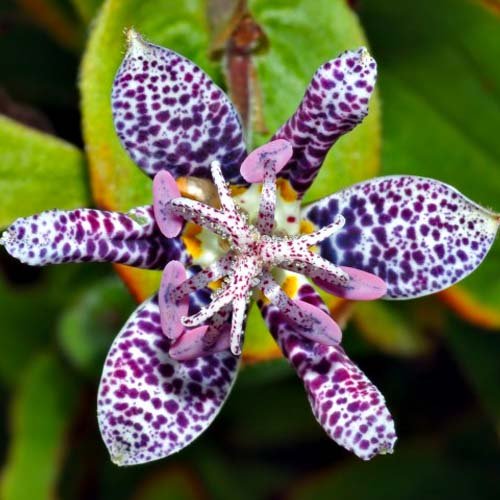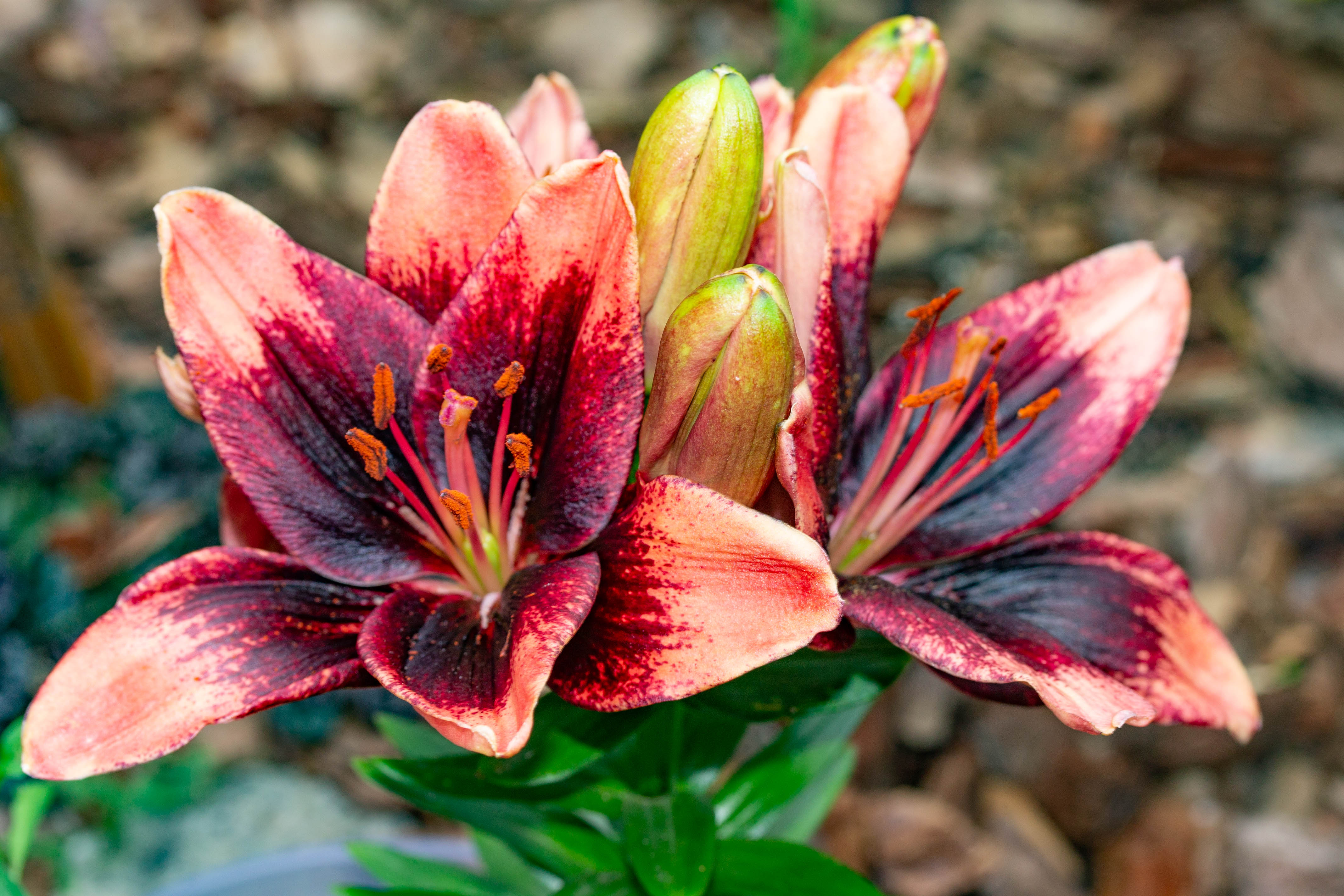Unboxing updates for my garden

Hi, Hive garden folks!
Today I have received two parcels from online plant stores and another challenge awaits me. Why Challenge? Because I order plants for the garden in the fall and by spring, when all these packages begin to arrive, I honestly don’t remember very well what I ordered, succumbing to the autumn blues.

When I opened the box, I saw many bags of rhizomes. Hmmm.... It doesn't give me much to understand what it is and where it should be planted... I'll try to figure it out.
Wow! As many as three rhizomes of tricirtis! Tricirtis Hirta Formosana and Tricirtis Macropoda.



Tricyrtis is a perennial flower with straight or branched stems. The herbaceous flower grows in Japan and the Himalayas. Tricyrtis looks beautiful in flower beds and in compositions when combined with other plants.
The flowers are lush, rather large with open buds. The height of the plant reaches 80 cm. The color of the petals is white, cream or yellow with very clear expressive patches of dark pink spots. Plant features:
It does not require special care;
has a very beautiful color;
grows well in our climate.
Tricyrtis can get ill if there are no suitable conditions for it. The soil must be loose and breathable. Stagnation of water leads to decay of the rhizomes and deterioration of the normal development of the flower. Sand and additional drainage into the hole will help to avoid this. Watering should be moderate. To protect the plant from molluscs, it is necessary to decompose the eggshell or wood bark of large fractions. This will be an obstacle for the mollusks and they will not be able to get to the flower.
Before the winter period, you need to prepare the plant and warm it in the soil. so that frost does not damage the stems and rhizomes, it is necessary to cover the flower with agrofiber. For insulation, you can use a layer of peat.
One of the most important moments when landing is the choice of a place. This should be a shaded area next to trees or other taller plants. The flower bed needs to be dug up and leafy humus added.
Tritsirtis does not like strong winds and drafts, so you need to provide shelter for the flower. The site should be selected with partial shade, but without direct sunlight. Periodically it is necessary to feed with organic fertilizers.
Well, I don't regret this purchase. It looks like this unusual flower will be a wonderful addition to my garden. I'm not very sure that it will bloom this year, but if it does, I will certainly share beautiful photos with you.
Oh! And here's something else unusual. This is definitely not in my garden! Pachysandra Chocolate.

pic credit
Pachysandra or Japanese milkweed is an easy-to-maintain perennial that thrives in shaded or partially shaded areas. This hardy plant grows in moist, well-drained, acidic or neutral soil, but not overly fertile soil. Plant this robust plant under trees or in other shady spots for optimal growth. Planting can be done from spring to autumn.
This low-maintenance perennial is drought-resistant and resists disease and pests. Pruning in early spring is recommended. Pachysandra does not require protection from the winter elements and is a self-sufficient plant once established.
Great! I definitely like this description! In addition, I remembered why I chose this plant. For several years now I have been trying to realize the idea of a hedge. I managed to make a start by planting parthenocissus. But the bottom of my fence definitely needs more camouflage.
What else is in the box? Ah, lilies, lilies and more lilies. Some of them must be pot kinds. I have quite a large number of lilies in my garden, but I have always wanted to have several flowerpots in the house as well. It looks like everything will work out this year. And here are the lilies from my garden (last year's photos of course)






.jpg)
Well, tomorrow I have gardening work to do! Plus, to be honest, there's another plant in my car... But I'll open it tomorrow 😉
Beautiful! Do be careful of the lilies with cats, in case you don't know those species are deadly to them so never cut them to put in the house where the cats may lick or brush against them. Even the pollen is toxic and causes kidney failure
Oh, thank you! Usually I don’t bring lilies into the house but I’ll remember your advise!